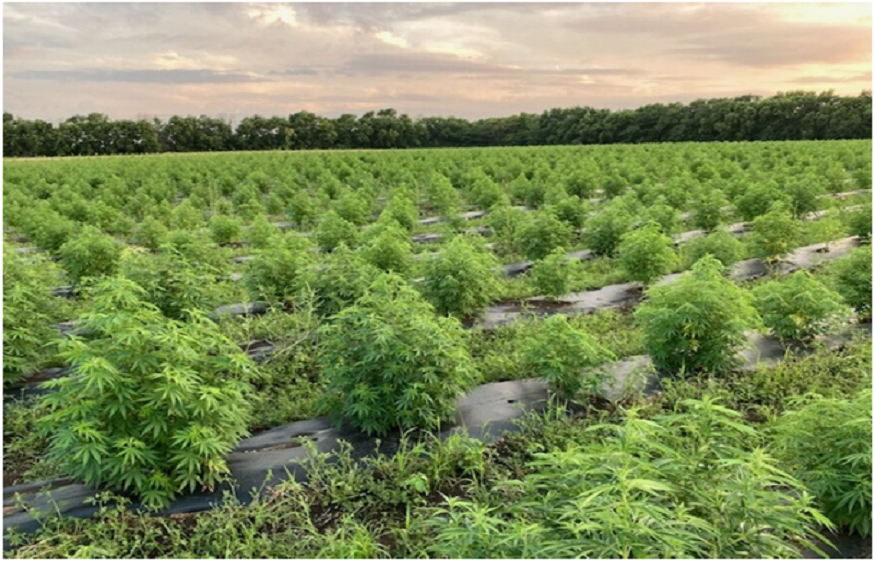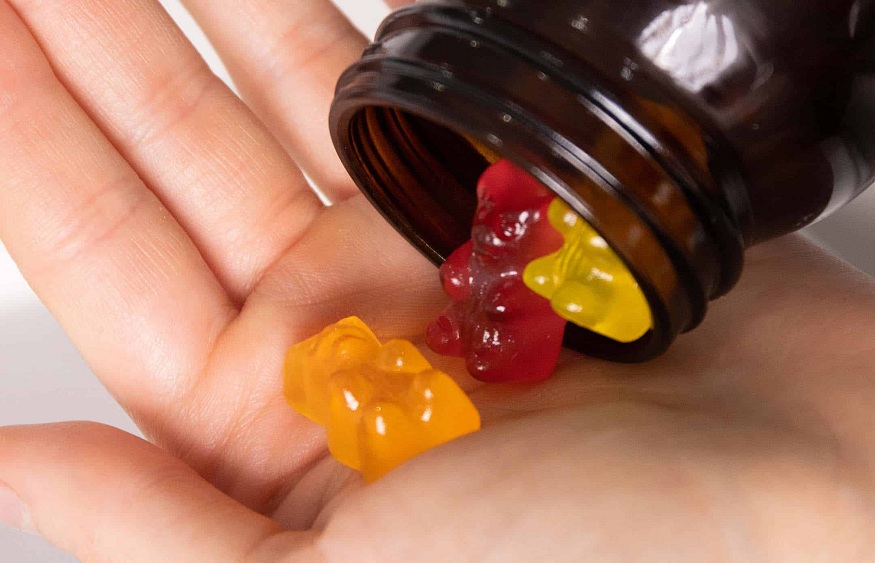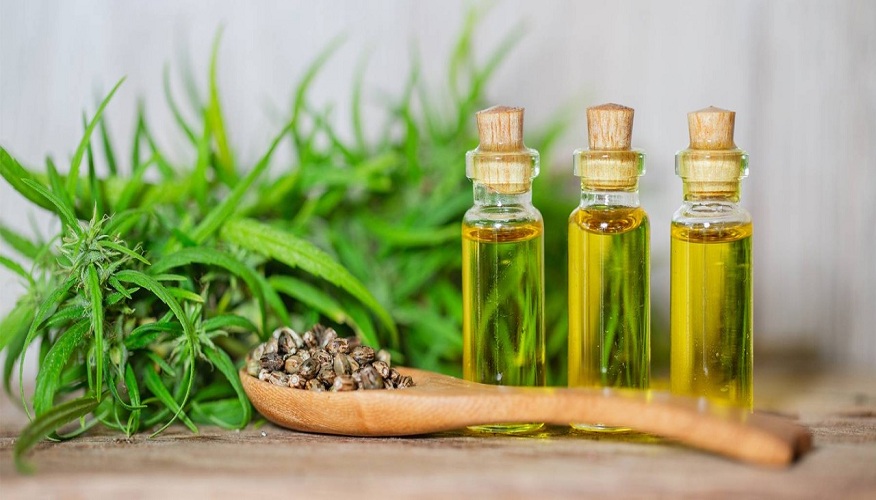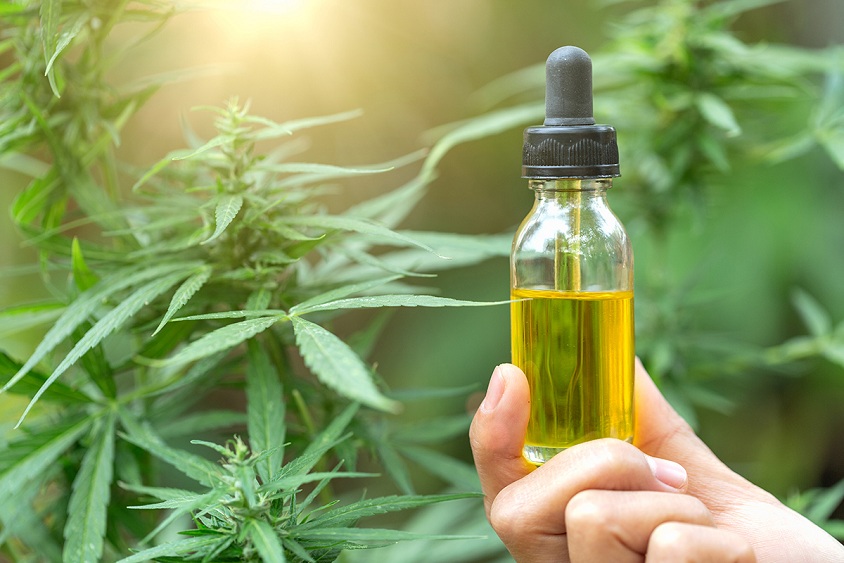We live in the world where people are reducing the stigma that surrounded cannabis for almost half a century. Nowadays, more than sixty percent of US adults support cannabis legalization, while the overall public knowledge about cannabis is still low. A third of American still thinks that hemp and marijuana are the same things.
At the same time, one of the most searched queries on Google is whether cannabidiol or CBD can get people high or not, the same way as THC from marijuana. Of course, CBD, marijuana and hemp are related, but are also different in other ways.
By clicking here, you will learn more about cannabis and hemp. We will present you a few things about them, which will help you understand everything before consumption.
Marijuana and Hemp
You should know that both marijuana and hemp belong to the same plant species or Cannabis sativa. Even though these two plants look similar, you should know that certain variations can exist within the same species. It is similar as saying that chihuahuas and great Danes are the same, even though they both are dogs, differences are obvious.
The crucial and defining difference between marijuana and hemp is psychoactive component or THC. Hemp features 0.3% or less THC, meaning hemp-derived products do not feature enough THC to ensure psychoactive effect or high, which is traditionally associated with marijuana.
On the other hand, you should know that CBD is a compound found in weed. We can find hundreds of such compounds available in a weed, which are known as cannabinoids since they interact with receptors involved in different functions such as depression, pain sensation, anxiety and appetite. THC is also a cannabinoid, which is vital to remember.
According to clinical research, CBD is effective for treating epilepsy and MS. A few anecdotal evidences are suggesting that it is effective for treating anxiety and pain, while the scientific studies are still on the way and the results will be available in the future.
Marijuana features a combination of THC and CBD, which aligned can offer you various therapeutic benefits for people with nausea, epilepsy, glaucoma, multiple-sclerosis and opioid dependency.
Still, the medical research on cannabis is restricted by federal law. The DEA or Drug Enforcement Agency categorizes cannabis as Schedule 1 substance, meaning it handles it as if it has high potential for abuse and lack of medical properties and benefits. Scientists do not know how CBD functions completely and how it interacts with other cannabinoids.
Retail CBD
You should know that CBD comes in form of oils, tinctures and food, which are only a few things we should name. At the same time, you can find wide array of products that are using this compound for therapeutic, wellness and health purposes.
Even though CBD oil and tinctures is something people use interchangeably, you should know that they are completely different. Tinctures require soaking cannabis in alcohol, while oils are created by suspending CBD in a carrier oil such as coconut or olive oil.
At the same time, CBD isolate or pure option is known as such because it features only CBD as a cannabinoid, while other are removed. Remember that cannabis can also feature flavonoids and terpenes, which are giving marijuana earthy flavor and strong aroma.
Broad spectrum means that you will get an option that features at least three other cannabinoids including flavonoids and terpenes, but without THC. You can also find it in stores in form of whole flower, which is similar to broad spectrum, but you will get up to 0.3% THC.
In areas and states where recreational weed is legal, you can find wide array of cannabis-derived products with the ones that feature higher levels of THC. We cannot say that CBD features a standardized dosage. Everything depends on a retailer, meaning they may have enough knowledge to recommend you the best option.
Health Benefits of CBD
1. Chronic Pain
You should remember that CBD oil is often used for chronic pain, since the human body has a system known as endocannabinoid system responsible for regulating pain. We recommend you to visit this site: https://letsbuildup.org/organic-vs-non-organic-hemp-flower-does-it-matter/ to learn more about hemp flowers.
Generally, body produces natural substances known as endocannabinoids, which will later bind to special receptors and help manage pain. CBD oil directly interacts with such receptors, which is the reason for its efficiency.
Even though studies report that CBD is much better solution than opioids for pain management, the federal regulations are still treating it as unregulated substance. However, the future will completely different, meaning a regular consumption of CBD can reduce the opioid dependency and epidemic.
2. Epilepsy
As mentioned above, using CBD for epilepsy comes with sufficient evidence and you can find drugs that are effective and based on this particular cannabinoid. A few studies are suggesting that it is effective in chronic and rare types of epilepsy where you have reached a plateau and drug resistance.
That is why people with certain types including Lennox-Gastaut syndrome and Dravets syndrome may get CBD as the alternative to lack of meds or using potent options.
3. MS and Osteoarthritis
Evidence that supports the usage of CBD for multiple sclerosis is going in positive direction, because CBD is effective for treating pain and reducing muscle spasms. It is way better to consume CBD instead of other muscle relaxants.
The same thing works for arthritis, while you can also find topically applied options that are showing promise for reducing pain and inflammation issues. Human studies have shown the associations between CBD and improvements among people with arthritis issues, because meds can be addictive and less effective.





